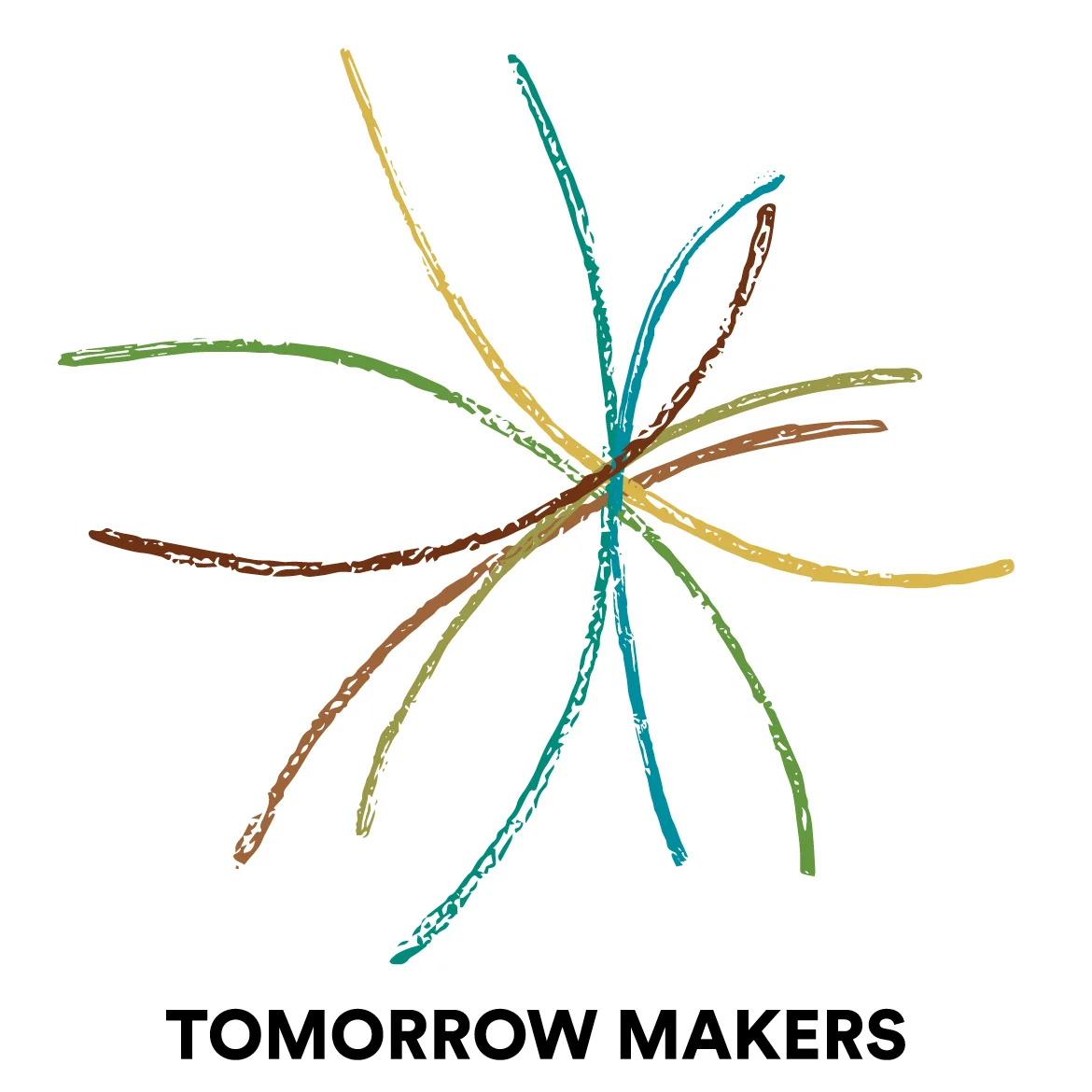Designing Design: Take 3 SiPs
/ Maintain at least 3 Systems-In-Play throughout the process you are designing. Generally speaking, I'll call these "metasystem," "system-in-focus," and "nested system."
Maintain at least 3 Systems-In-Play throughout the process you are designing. Generally speaking, I'll call these "metasystem," "system-in-focus," and "nested system."
The system in focus is the system we intend to most directly engage and influence. It is through this system that we expect to form the basis for the decisions and actions that the design process evokes in the participants.
A metasystem is one that contains the system in focus as well as others in an integrated fashion. Wikipedia offers a useful description:
"A metasystem is formed by the integration of a number of initially independent components, such as molecules, cells or individiduals, and the emergence of a system steering or controlling their interactions. As such, the collective of components becomes a new, goal-directed individual, capable of acting in a coordinated way. This metasystem is more complex, more intelligent, and more flexible in its actions than the initial component systems."
A nested system is, of course, a system that is one of many component systems that are all integrated into the system in focus.
In essence, what I'm saying here is engage with your design as if it were a matryoshka, albeit probably not quite at the depth of pictured above.
3 SiPs is a form of recursion, an essential concept to understand and be able to work with as a process designer. For more on how and why recursion plays an important roll in collaborative processes, you may wish to read "RISK everything", an earlier journal in my Designing Design series.
By incorporating systems on either 'side' of the system in focus, we greatly increase the likelihood of meaningful, powerful insight into what it takes to not just survive, but thrive within these systems.
Perhaps more importantly, and certainly with more difficulty, we must explore and analyze the relationships between the three (or more) systems in play. It is here we can learn about leverage points and influencers, increasing the likelihood of favorable outcomes and possibly preventing a few unintended consequences down the road.
While a great deal of attention should be put on selecting the three SiP's, it is not necessary for the systems to be immediately successive and, in each circumstance, there will be many choices to make. For example, if the system in focus is a 'place-based community' then the nested could be neighborhoods, businesses, households, families or individuals, to name a few. Meta could be zip code, congressional district, town, region. What is important is that you - and the participants - are able to connect the systems in a meaningful and meaning-making way.
design principles embedded in Tomorrow Makers processes.

